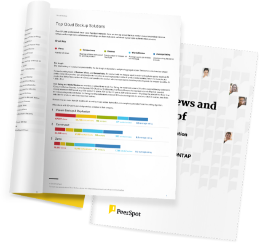We regularly check the status of services to identify any unnecessary or unexpected costs. We utilize the billing dashboard in AWS to monitor daily costs and assess any significant increases. For instance, if our daily AWS expenses usually amount to $1,000 for running a hundred instances, and suddenly it spikes to $1,500, we investigate the reasons behind the increase. We scrutinize detailed reports, identify the areas and services contributing to the rise, and inform our manager. The dashboard overview in AWS Cost Explorer provides a high-level summary of our expenses, covering databases. This includes total costs, daily costs, and a breakdown by services. AWS Cost Explorer offers visualization tools like line charts, bar charts, and pie charts. These visualizations assist us in quickly understanding expenditures, enabling us to pinpoint areas that might need attention. The tool allows the creation of custom reports by selecting and configuring filtering and grouping options. Custom reports include a data range selector, making it easy to analyze expenses for specific periods such as daily, monthly, or custom durations. The budget feature is client-dependent. Before creating any services, we engage with our client to understand their requirements, such as the number of instances, CPU, and memory needed. Subsequently, we create a budgeting tool in servers based on these specifications. Our team configures custom notifications to alert us when actual costs or usage exceed predefined thresholds. These alerts can be sent via email or integrated with Simple Notification Service. I rate the overall product a ten out of ten.

![AWS Cost Management [EOL] Logo](https://images.peerspot.com/image/upload/c_scale,dpr_3.0,f_auto,q_100,w_64/ecwtjjlwilx2g4qujp0d5nz7cwsn.jpg?_a=BACAGSDL)



